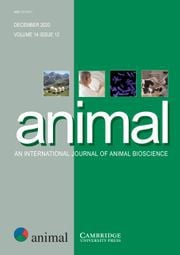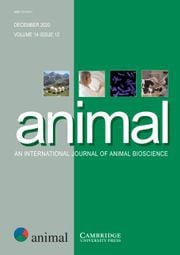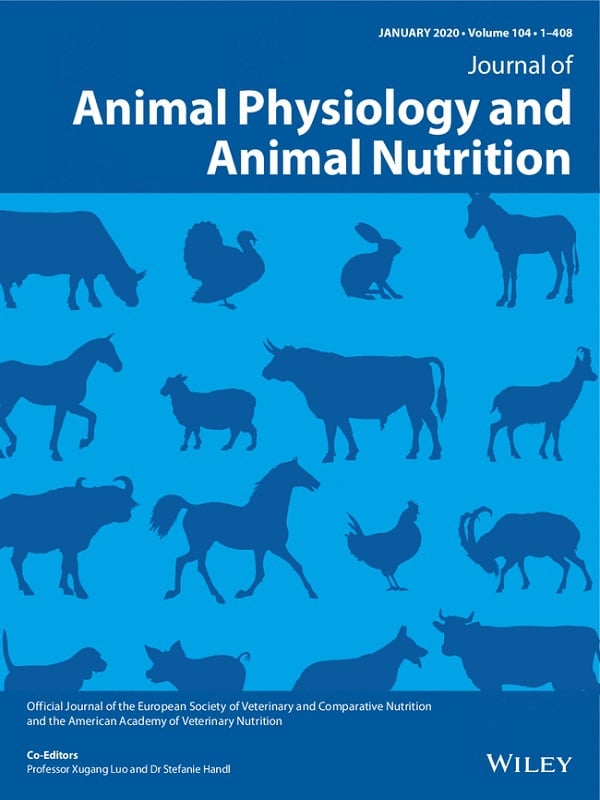
Modeling homeorhetic trajectories of milk component yields, body composition and dry-matter intake in dairy cows: Influence of parity, milk production potential and breed
J. B. Daniel1,2†, N. C. Friggens1, H. van Laar2, K. L. Ingvartsen3 and D. Sauvant1
1 UMR 0791 Modélisation Systémique Appliquée aux Ruminants, INRA, AgroParisTech, Université Paris-Saclay, 75005 Paris, France;
2 Trouw Nutrition R&D, PO Box 220, 5830 AE Boxmeer, The Netherlands;
3 Faculty of Agricultural Sciences, Research Center Foulum, University of Aarhus, PO Box 50, DK-8830 Tjele, Denmark
† Author to whom correspondence should be addressed.
Animal. 2018 Jun;12(6):1182-1195. doi: 10.1017/S1751731117002828. Epub 2017 Nov 3.

Abstract
The control of nutrient partitioning is complex and affected by many factors, among them physiological state and production potential. Therefore, the current model aims to provide for dairy cows a dynamic framework to predict a consistent set of reference performance patterns (milk component yields, body composition change, dry-matter intake) sensitive to physiological status across a range of milk production potentials (within and between breeds). Flows and partition of net energy toward maintenance, growth, gestation, body reserves and milk components are described in the model. The structure of the model is characterized by two sub-models, a regulating sub-model of homeorhetic control which sets dynamic partitioning rules along the lactation, and an operating sub-model that translates this into animal performance. The regulating sub-model describes lactation as the result of three driving forces: (1) use of previously acquired resources through mobilization, (2) acquisition of new resources with a priority of partition towards milk and (3) subsequent use of resources towards body reserves gain. The dynamics of these three driving forces were adjusted separately for fat (milk and body), protein (milk and body) and lactose (milk). Milk yield is predicted from lactose and protein yields with an empirical equation developed from literature data. The model predicts desired dry-matter intake as an outcome of net energy requirements for a given dietary net energy content. The parameters controlling milk component yields and body composition changes were calibrated using two data sets in which the diet was the same for all animals. Weekly data from Holstein dairy cows was used to calibrate the model within-breed across milk production potentials. A second data set was used to evaluate the model and to calibrate it for breed differences (Holstein, Danish Red and Jersey) on the mobilization/reconstitution of body composition and on the yield of individual milk components. These calibrations showed that the model framework was able to adequately simulate milk yield, milk component yields, body composition changes and dry-matter intake throughout lactation for primiparous and multiparous cows differing in their production level.
Keywords: dairy cow; dynamic model; energy; milk composition.
